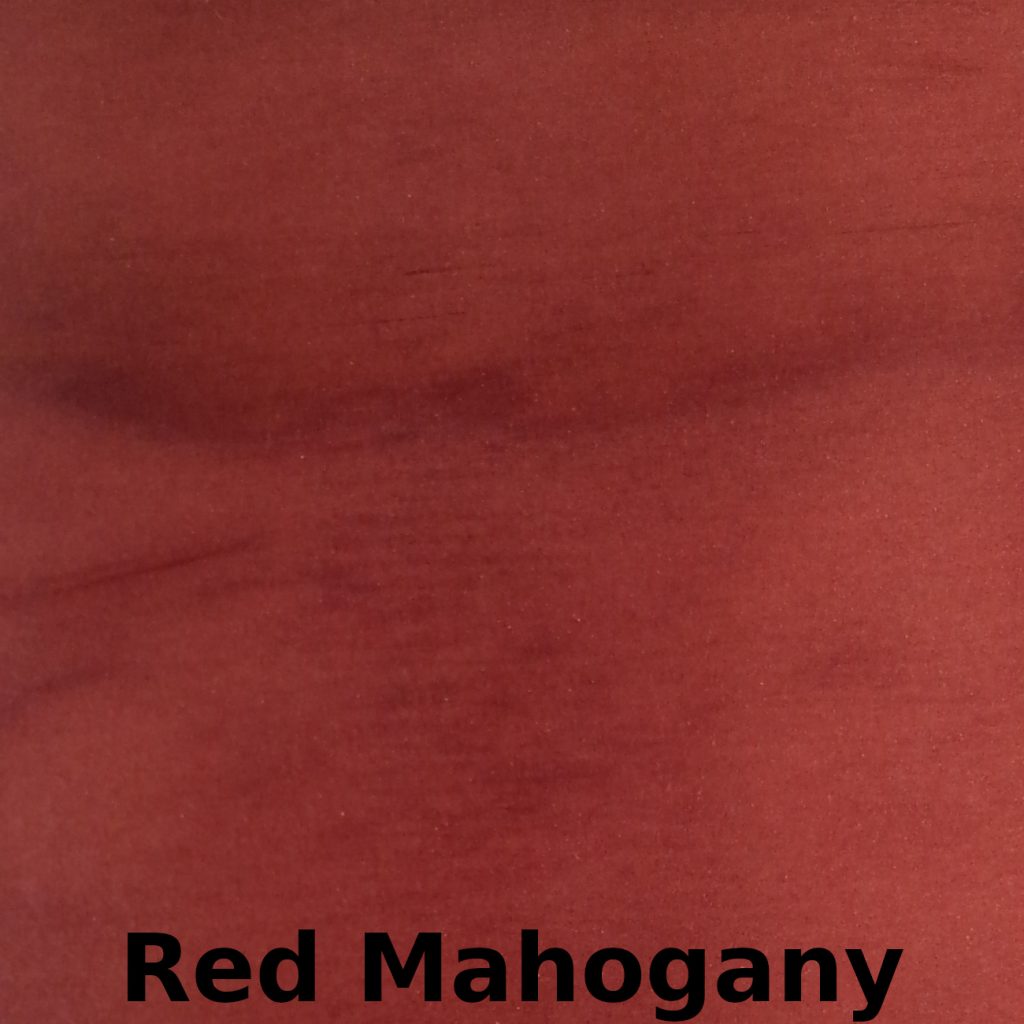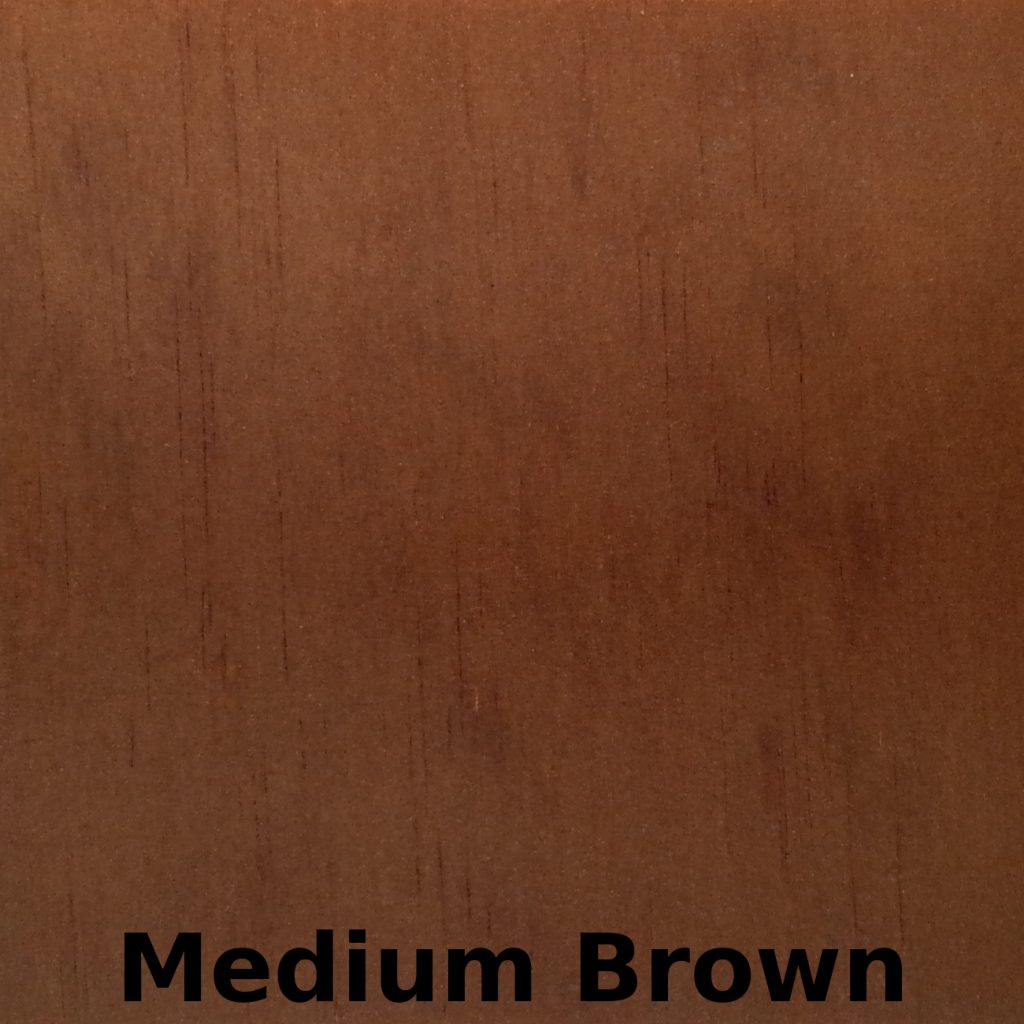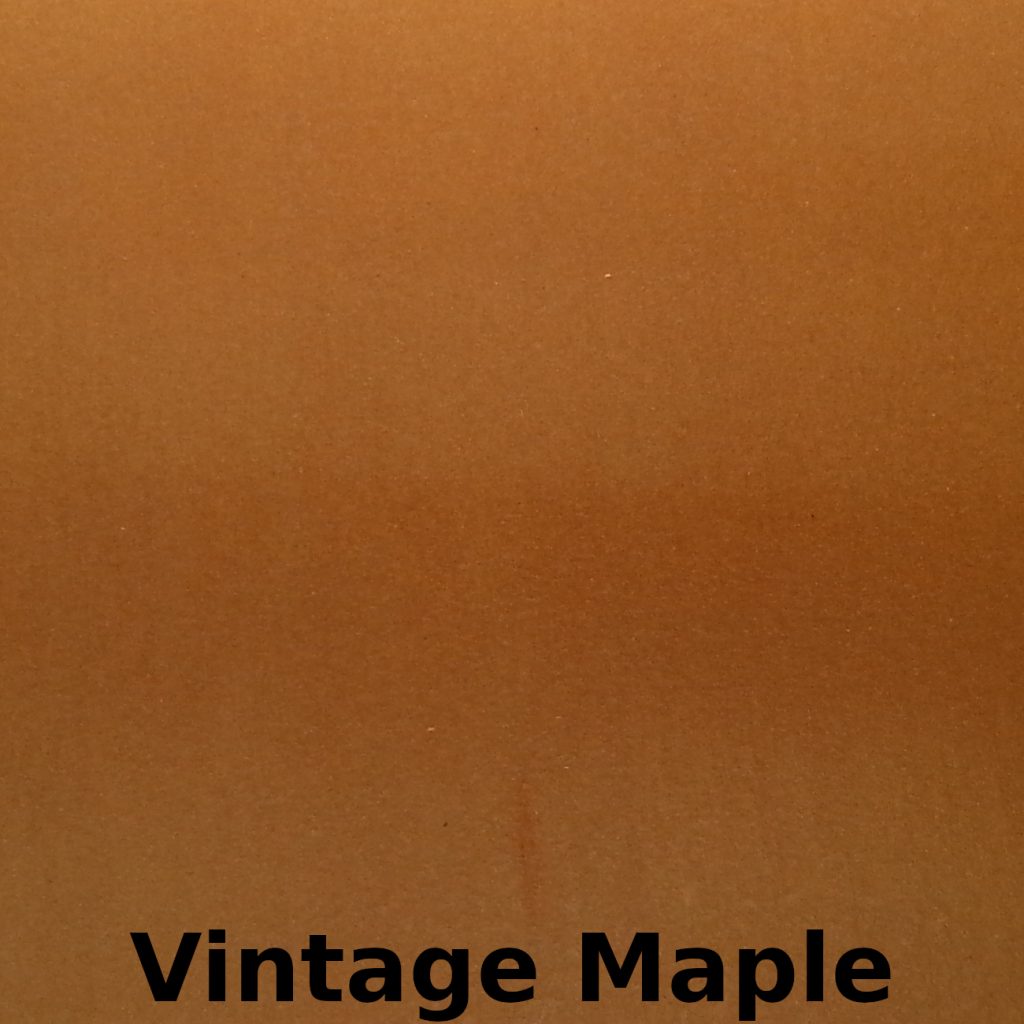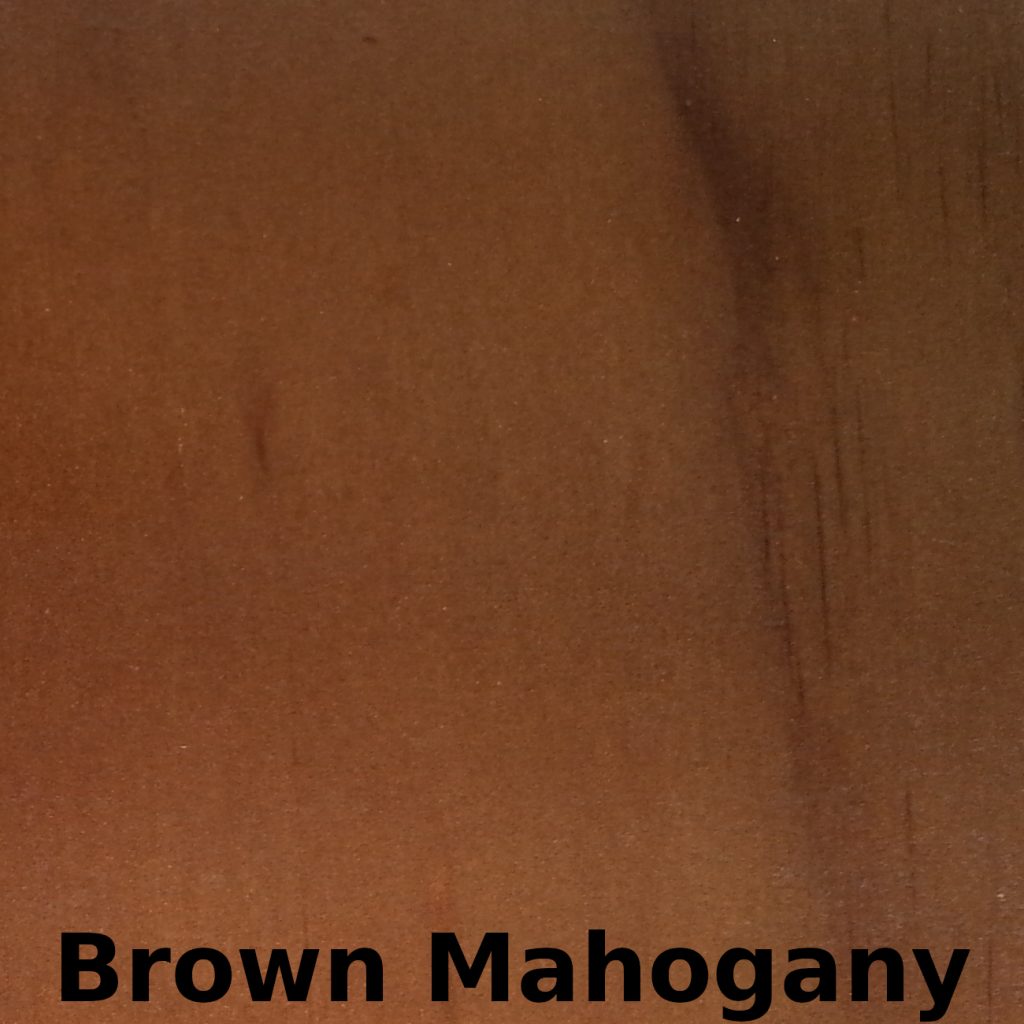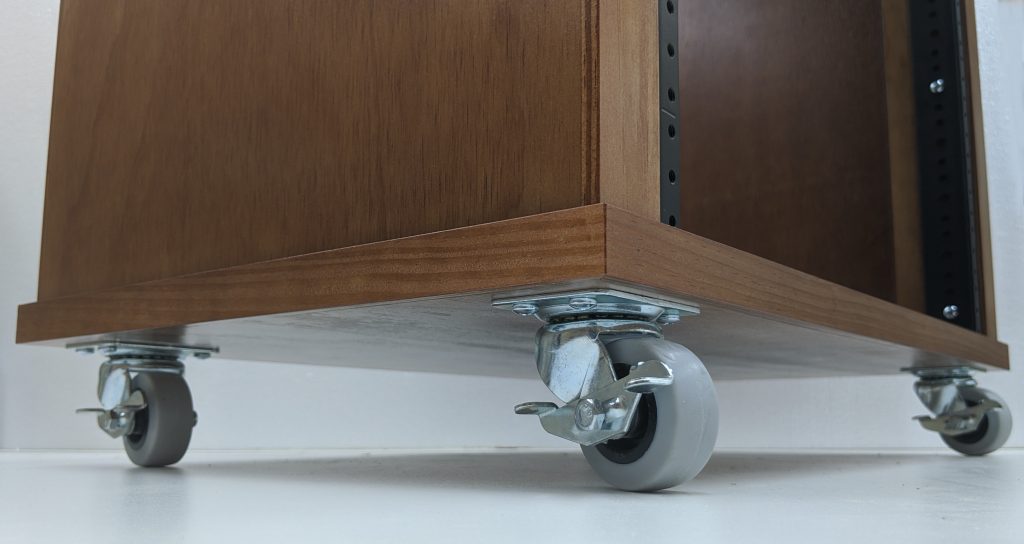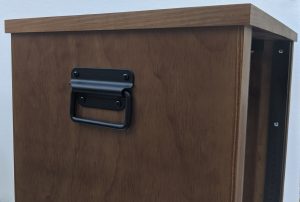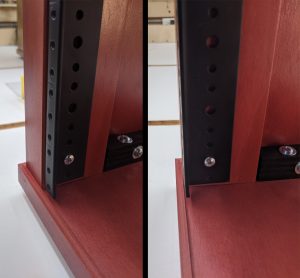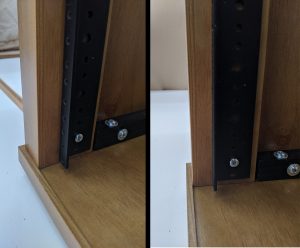Note: Option availability depends on product. Some options may not be available on select products
Dye Finish
We exclusively use Transtint wood dyes. While pigment stains are like a paint that sit on top of the wood, dyes soak deep in to the wood. Stains tend to hide the natural beauty of the wood because they buildup on the surface. Dyes penetrate the wood fiber and retain the natural wood characteristics. Our cases are then protected with multiple layers of furniture quality lacquer. In the end you’ll have a beautiful case with a contemporary satin finish.
Choose from any of the colors we offer…
Note: The colors shown here may not accurately reflect the actual color on wood due to your screen’s color settings. To ensure a proper color match, order a few color samples.
Wax Finish
Some rack cases come with a hard, carnauba furniture wax finish to protect and seal the wood. This imparts a very subtle amber hue to the wood. Wax finishes are common in Scandinavian furniture. No special care is needed. Use a dry, clean, soft cloth to clean or very slightly dampen the cloth with water for suborn dirt.
Case Depth
You may choose a case depth that suits your needs. The usable depth of the case is the distance from the front rail to the back of the case. Be sure to leave enough room in the back of the case for connectors and cables so they can all safely fit inside. Taller cases have a larger minimum depth to prevent tipping.
Feet and Casters
Large heavy racks that will be moved will benefit from having casters. We use four heavy duty casters with locking wheels. For racks that will not be moved, rubber feet are recommended.
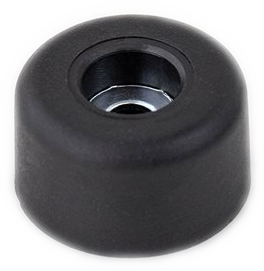
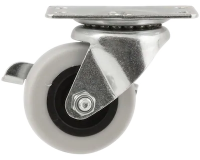
Handles
Handles on smaller racks that need to be moved make the task a lot easier. Our handles are black powered-coated and are designed to carry the weight of a loaded rack. We install two handles, one on each side of the case. Even if you plan on getting casters consider handles as they will make the job of moving a heavy rack easier.
Rail Inset
This is the amount of space the front rails are set back from the front of the case. By default we’ll mount the rails flush with the front of the case. Setting the rails back are useful to reduce the amount knobs and buttons on your equipment protrude from the front of the case. Unfortunately, this also reduces the usable depth of your case by the same amount of rail inset.

